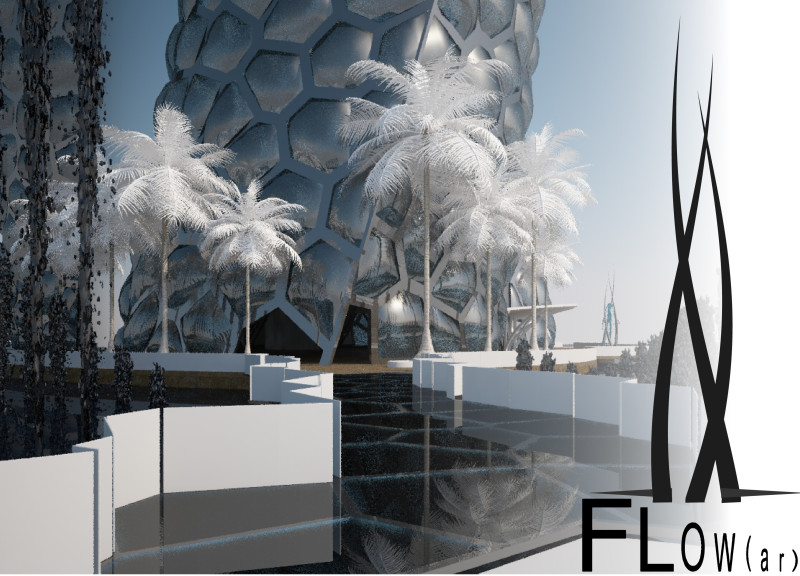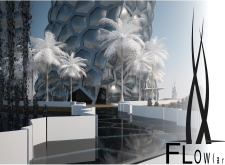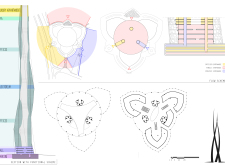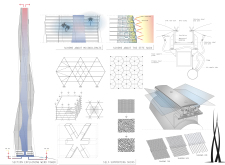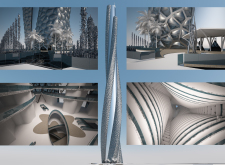5 key facts about this project
The project’s architectural design emphasizes a seamless flow between indoor and outdoor environments. The outward appearance of the building features a captivating hexagonal pattern that mimics natural forms, indicative of a philosophy that values harmony with nature. This aesthetic serves not only to captivate the viewer but also plays a crucial role in the structure's overall performance by optimizing light and airflow throughout the space.
A key element of the architecture is the use of specialized materials, including Ethylene Tetrafluoroethylene (ETFE), a lightweight and translucent material that allows for substantial natural light while minimizing heat absorption. This choice contributes to the building's energy efficiency, promoting a sustainable design that responds to contemporary environmental concerns. Additionally, the choice of reinforced steel for structural integrity and glass for spatial connectivity enhances the building’s overall visual and functional appeal. Concrete is used strategically within foundational elements to ensure stability, further supporting the architectural vision.
The layout of the project has been carefully orchestrated to provide distinct zones that cater to a variety of activities. Luxury apartments occupy the upper levels, capitalizing on expansive views and natural light, while shared spaces such as offices, an auditorium, and public areas are situated lower down, fostering community engagement and interaction. The careful arrangement of these spaces reflects a deliberate intention to create an environment where both private life and community interaction can thrive.
One particularly notable design approach is the incorporation of a wind tower, which promotes natural ventilation, reducing the reliance on mechanical cooling systems. This passive strategy enhances the indoor climate while aligning with sustainable practices. The integration of greenery, including trees and water features, further softens the architectural impact, creating inviting public spaces that encourage patronage and social activities.
Overall, this architectural project stands as a testament to the possibilities inherent in contemporary design, with its unique shapes and eco-friendly practices driving its vision. It promotes not only aesthetic pleasure but also functionality and community interaction, embodying ideas that are increasingly relevant in today’s urban contexts. Anyone interested in a detailed analysis of architectural plans, sections, designs, and ideas is encouraged to explore the project's full presentation for a comprehensive understanding of its innovative design elements and their implications for modern architecture.


